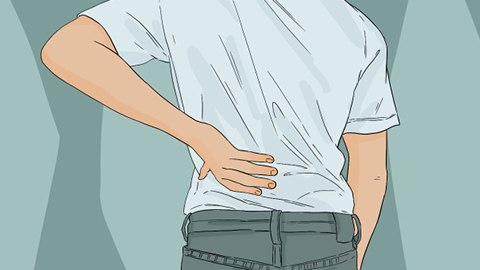What are the key points to note for ankylosing spondylitis?
Generally, precautions for patients with ankylosing spondylitis include posture management, appropriate exercise, dietary regulation, warmth preservation, and standardized treatment. These measures help alleviate symptoms, delay disease progression, and maintain normal physical function. A detailed explanation is as follows:

1. Posture Management: Patients should always maintain correct standing, sitting, and sleeping postures. When standing, keep the chest upright, head raised, abdomen tucked in, and buttocks lifted, avoiding slouching or hunching. When sitting, choose a chair with a backrest and keep the lower back straight, avoiding prolonged bending or sitting.
2. Appropriate Exercise: Patients should consistently engage in suitable physical activities, prioritizing those with minimal pressure on the spine, such as swimming, yoga, and tai chi. Exercise strengthens the muscles surrounding the spine, improves spinal flexibility, and alleviates joint stiffness.
3. Dietary Regulation: Daily meals should focus on balanced nutrition, including foods rich in protein, calcium, and vitamins, such as milk, eggs, lean meat, fresh vegetables, and fruits. These nutrients help maintain bone health and boost immunity. At the same time, avoid spicy, stimulating, and greasy foods, and reduce tobacco and alcohol consumption.
4. Warmth Preservation: Patients should ensure warmth for the spine and joints to avoid exposure to cold or dampness. Cold and humid environments may irritate the joints, triggering or worsening symptoms such as pain and stiffness. Therefore, during seasonal transitions or weather changes, dress warmly and avoid staying in cold or damp environments for extended periods.
5. Standardized Treatment: Patients must strictly follow medical advice for long-term, standardized treatment, taking medications as scheduled without altering the dosage or discontinuing treatment on their own. Regular follow-up visits to the hospital are necessary to adjust treatment plans according to disease progression. Active participation in rehabilitation training helps control inflammation and prevents worsening of spinal deformity.
In daily life, patients can also use methods such as heat compresses and massage to relieve spinal and joint discomfort. Maintaining a positive and optimistic mindset and avoiding anxiety is also crucial, as good psychological health significantly contributes to disease recovery.








